A vast array of watch case materials exists outside the conventional steel or luxurious gold. Let’s explore them together, from the everyday to the extraordinary.
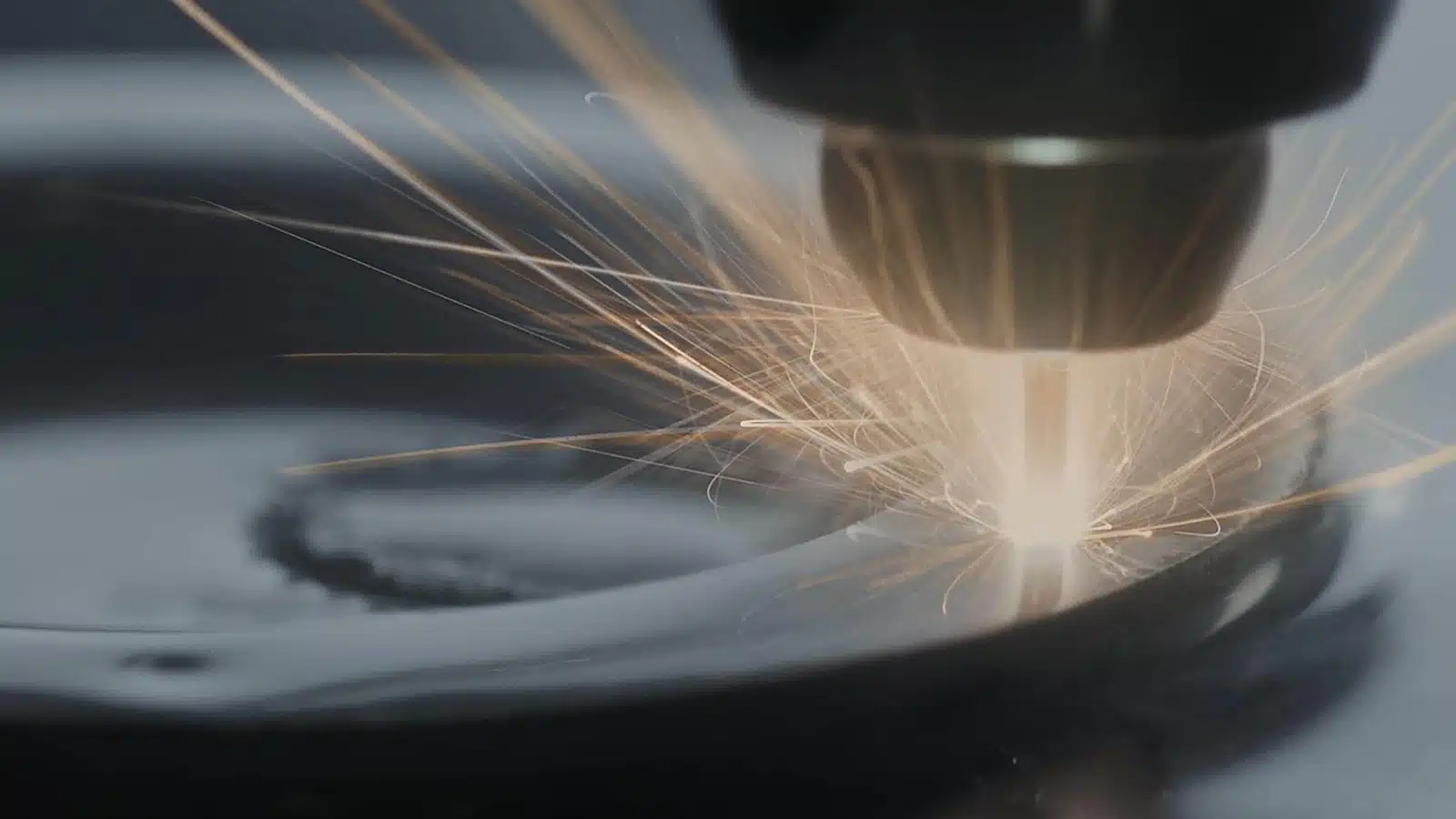
Spoiler alert! Before you reach the bottom of this article, wondering where the definitive winner is, there is none. No specific watch case material is better than another. So, for that, I’m sorry to disappoint. Like complications and dial colours – there is no superior case material that defines watchmaking. Your choice will depend hugely on your needs in a timepiece.
Chances are, if you’re a watch enthusiast, the majority of your collection will comprise stainless steel models. It’s the most common material used in watchmaking. Whether we’re talking about the conventional surgical 316L steel or a high-grade compound like 904L, steel is the real deal. However, there are also a multitude of other watch case materials worth exploring. From lightweight compounds to scratch-resistant technology and everything in between, there are options.
It doesn’t matter if you’re a seasoned collector or a beginner to watch collecting; choosing the right material is crucial. Picking the right option can be the difference between wearing your watch daily and avoiding it until a special occasion arises.
Here’s a guide to help you make an informed decision about your next purchase. In this piece, we’ll look at the characteristics that make each case material unique. We’ll go beyond the apparent differences in their appearances and look at these materials from a technical perspective.
Table of Contents
The Evolution of Watch Case Materials
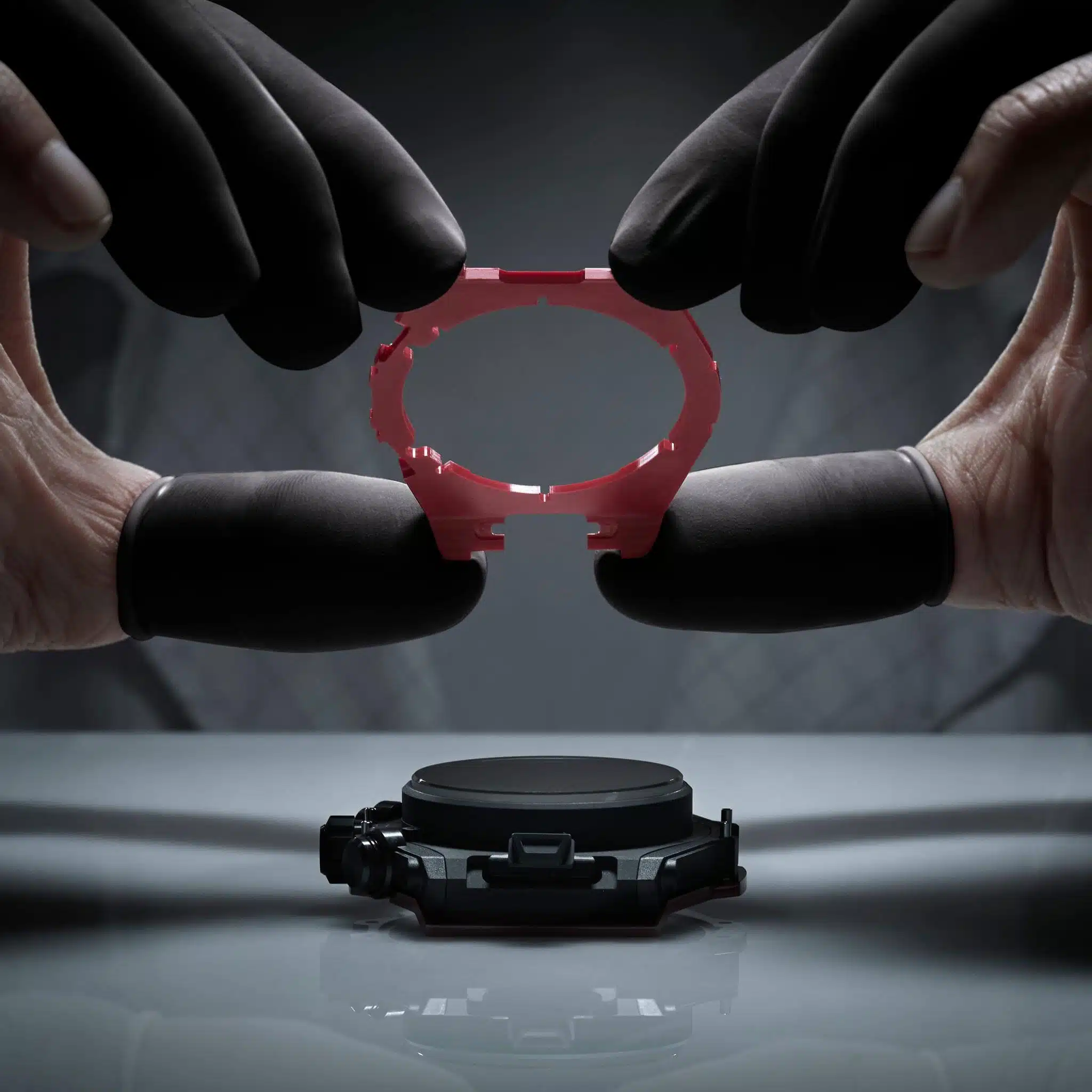
A watch case will always be the integral infrastructure of a timepiece. However, from its origins as a protective shell to its evolution into a fusion of art and high-tech engineering, its transformation is undeniable. Driving these transitions were the advancements in material research taking shape in the industry around the mid-20th century.
In the early days, watches were a delicate and precious investment, associated with the wealthy. Then, they became tools with purpose, and focus soon shifted to making watches that were strong and robust. The 1930s marked the stainless steel revolution – a definitive turning point. There was suddenly less demand on the market for precious metals. Instead, steel rose to prominence thanks to its rust- and corrosion-resistant properties, as well as its popularity. Soon, stainless steel watches became practical, everyday tools, and found their purpose as dive watches or pilots’ watches.
During the latter part of the 20th century, manufacturers began pushing the boundaries of materials science even further. Stronger, lighter, and more scratch-resistant materials began to emerge, marking a significant era of experimentation. While watchmakers have always been seeking better, improved materials, most of the more cutting-edge materials are a relatively recent phenomenon. Watch cases now boast unfathomable capabilities (withstanding the crushing pressure of a car or a dropping from a serious height), enabling manufacturers to balance these exceptional qualities with aesthetics.
How Advanced Materials are Improving the Quality of Watches
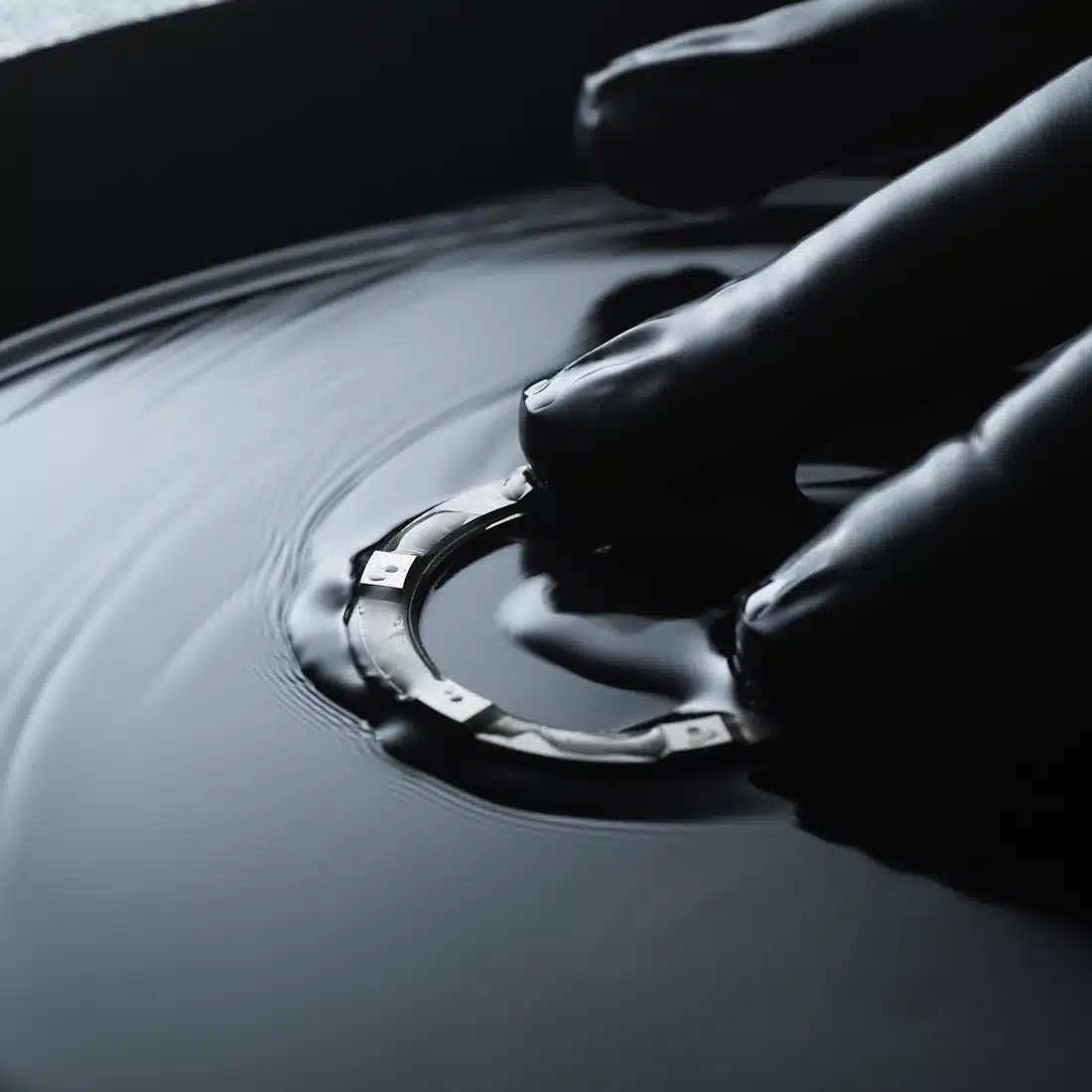
During the latter half of the 20th century, a surge of new materials emerged on the market. Titanium and ceramic forms began to meet the needs of wearers seeking performance characteristics in a watch.
Citizen, for example, became a pioneer of titanium, introducing its first example in 1970. Promising to be 45% lighter than stainless steel, it soon found its way into dive watches and rugged sports watches, enhanced by its hypoallergenic properties. Ceramics then began to emerge during the 1908s and 1990s, offering a virtually scratch-proof case. Leading this revolutionary moment in watchmaking was Rado, which continues to provide exceptionally sleek, contemporary designs using this material.
Bronze cases followed in the 2010s, followed by high-tech composites, all of which offer their own unique set of advantages. The point is that revolutionizing the watch industry with materials is one reason why people still wear and use timepieces today, despite technology making them otherwise redundant. By reducing weight, improving scratch resistance, and introducing new aesthetics, watches today are now much more resilient than they once were. Advanced coatings and finishes now allow for more case colours and styles, pushing the boundaries further than anyone ever thought possible.
Watch Case Materials Explained
While the movement inside a watch is the source of fascination for many horophiles, choosing the right case material is crucial. The material of the watch’s case will dictate its weight, feel on the wrist, character, and overall comfort. Here’s a breakdown of some of the most common case materials you’ll see in watchmaking and their key qualities.
Steel

There are no prizes for guessing why steel is opening up this guide to the best watch case materials. It’s not only the most common material used in watchmaking, but it’s also an ideal candidate for tool watches. The key things to remember about steel are that it’s corrosion-resistant and robust. The stainless steel used in watches is a type of steel alloy containing chromium. Even though it is not visible, a passive oxide layer exists on its surface, which is capable of self-repair.
Steel is often the first choice of material for a starter watch. With the right grade of steel, a manufacturer can achieve some of the most complex case shapes using this material. Brands also employ specialized surface techniques, such as micro-polishing and Zaratsu, to create a surface with a more dressy appearance.
Some of the most iconic watches in the world feature steel cases. Examples include the Royal Oak by Audemars Piguet and the Submariner by Rolex, the latter of which produces its own steel alloys.
The most common type of steel used in watchmaking is 316L, also known as surgical or marine-grade steel, although the composition varies across the industry. Some brands also choose to coat the surface of a steel case with a coloured PVD or DLC treatment. Doing this gives the watch a more general sporty, sleek look, with a tool-like aesthetic.
Gold

Gold is where it all began. Since pocket watches evolved from the fine art of jewelry making, they have always been a symbol of wealth, status, and power. You can pick out a real gold watch in an instant. Its distinctive yellow lustre doesn’t tarnish or corrode, making it a popular option for those in search of a more indulgent-looking timepiece.
Brands also manufacture watches from white gold and rose gold, although none of these options are scratch-resistant. The higher the gold content, the softer it becomes; hence, you rarely see watches crafted from 24k gold. Several brands now manufacture their own proprietary gold, including Omega with its Moonshine gold and Hublot’s King Gold. Creating in-house metal ensures that a brand can stand out with a unique lustre against its rivals.
Rolex’s Everose gold is another example, which the brand combines with platinum to prevent colour fade. On the other hand, A. Lange & Söhne’s Honeygold has an unmistakable warm hue, while Panerai’s Goldtech alloy blends platinum with copper to provide greater resistance to oxidation.
Titanium
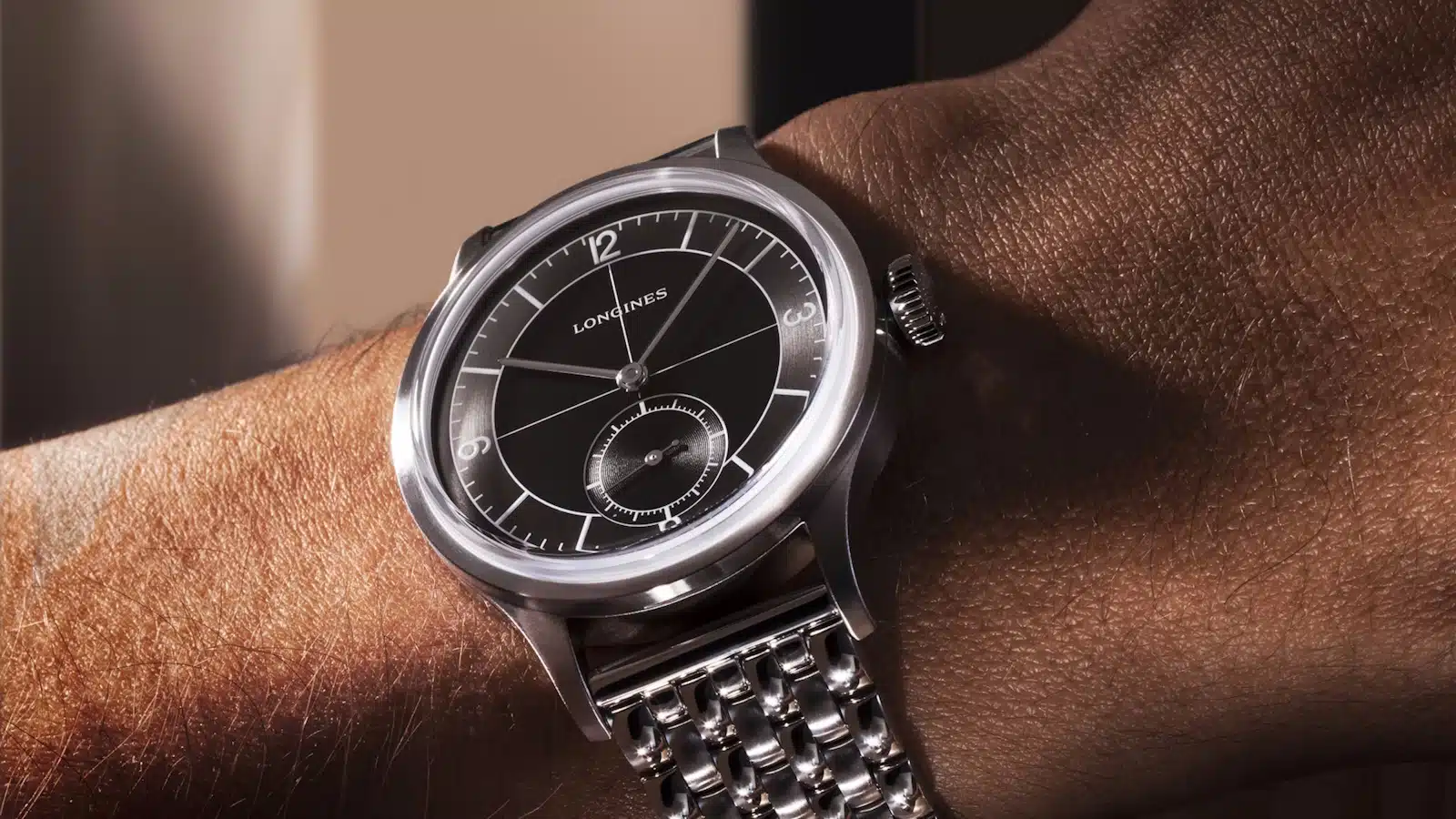
Titanium has a strength-to-weight ratio that surpasses that of most other modern materials on the market. That’s not to say it’s the absolute best material out there, but it certainly has its advantages. It’s a no-brainer for anyone looking for a sports watch that they intend to wear every single day. It’s equally as strong as steel and proves particularly useful for medical apparatus and surgical instruments.
The downside to titanium is that it’s expensive to produce. It’s one of the reasons why we don’t see more titanium watches. Although it’s abundant in nature, purifying it and refining it are costly processes. However, it doesn’t stop big players from producing cases from it.
Brands like TUDOR, Grand Seiko, and Omega have produced some incredibly cool watches using titanium. Speaking of Grand Seiko, titanium even became a popular choice with a more budget-focused Japanese brand, Citizen. The company’s Super Titanium technology produces watches with improved hardness using a process called Duratect.
Other examples of premium brands utilizing titanium to craft their watches include IWC, with models such as the Ingenieur and Pilot’s Watch. Other famous brands include Hamilton, which produced the popular Khaki Field Titanium watch, and Bulgari. This pioneer of the Octo Finissimo enhanced the thinness of this iconic watch with an equally impressive lightweight build.
Carbon

Titanium was the horological industry’s feather-light revolution, but Carbon arrived in 2007, bringing uncharted success with its checkered weave pattern. It’s fair to say that researchers have continued to progress and refine this material, giving it extreme levels of strength and rigidity. It hasn’t been a completely smooth ride, though.
Carbon fibre didn’t age very well in times gone by. Now, having undergone numerous refinements, the interwoven and impregnated strands of carbon fibre not only create a unique aesthetic but also enable the creation of complex case shapes.
There are still several brands that prefer to maintain the traditional weave of the carbon fibre case. However, other pioneering watchmakers choose to augment these fibers with aluminum. This results in more colour combinations, as seen in some examples by Swiss brand Tissot.
Today, it’s common to see manufacturers using forged carbon fibre for their watch cases. To achieve its unique marble effect, the material undergoes a high-pressure treatment, resulting in strands that exhibit no uniformity.
Carbon TPT is another example of a unique carbon composite. It is stronger than conventional carbon fibre and absurdly light. Richard Mille, with the help of North Thin Ply Technology, developed the Carbon TPT material, which now features in some of its most disruptive designs.
Ceramic

One of the advantages of ceramics is its versatility. First, a manufacturer has to mould it and then run it through a sintering process. Extreme heat and pressure give a ceramic watch case its final hardness before a precision machine cuts it into its final form. A brand can also add different powders to the compound to create some fantastic colours.
One of the downsides to a ceramic watch case is its brittleness. A ceramic bezel on a watch can crack once dropped or exposed to shock. But the material is gradually becoming more commonplace in classic timepieces, such as IWC Schaffhausen’s pilot’s watches, as well as the more contemporary designs from the likes of Rado.
Rado is a leading innovator in ceramic watches, having begun experimenting with the material in the 1970s. The brand’s pioneering work in the field of ceramics had a lasting influence on the industry. Before brands had even considered moving onto more advanced materials, Rado was already forging its reputation as a master of materials.
Some of Rado’s watches promise a Vickers hardness of 1,250, proving almost impossible to scratch. Ceramic is also hypoallergenic, making it ideal for individuals with sensitive skin. This brand is a leader in crafting minimalist, futuristic watches from plasma high-tech ceramic, too. This material lends a watch case a metallic sheen, further solidifying the brand’s identity as a formidable force in the industry. Only a handful of specialists can produce coloured ceramic cases, making this material just as special as it looks.
Bronze
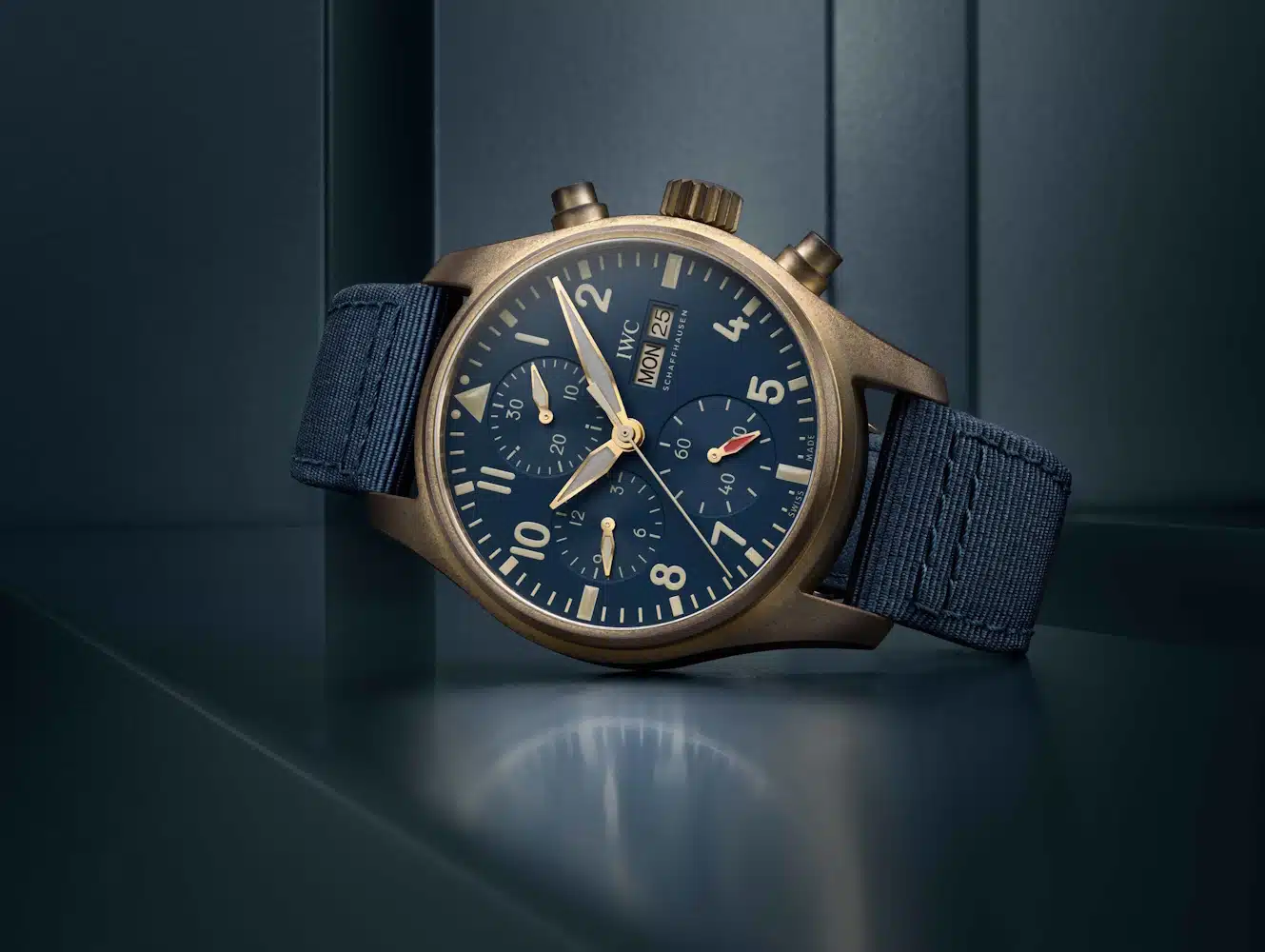
Bronze watches tell a story of their use in naval and maritime applications. Not only was it a material often used in shipbuilding, but it is also seen in diving helmets and diving apparatus. Watch cases featuring this material evoke a sense of adventure, and this, in part, is down to its unique patina.
Bronze has a raw and earthy aesthetic and stands out from every other material on the market. Its most compelling quality is its ability to produce a patina when exposed to the elements. This naturally occurs over time, meaning that no two bronze watches are ever the same. Developing from exposure to a mixture of sweat, humidity, air, and skin chemistry, the tones of a bronze watch can vary from warm and reddish to a dark, almost black look. For many enthusiasts, the patina of a bronze watch is not a flaw but a part of the journey it shares with its wearer.
Panerai was one of the first manufacturers to experiment with bronze, but lately we’ve seen an assortment of bronze offerings from other brands. Some examples include TUDOR with its iconic Black Bay series and German brand Muhle Glashutte.
On paper, bronze is not an ideal material to incorporate into a watch because it’s both heavy and highly reactive. However, collectors love the vintage appeal of a bronze and its inherent nautical connotations.
Sapphire
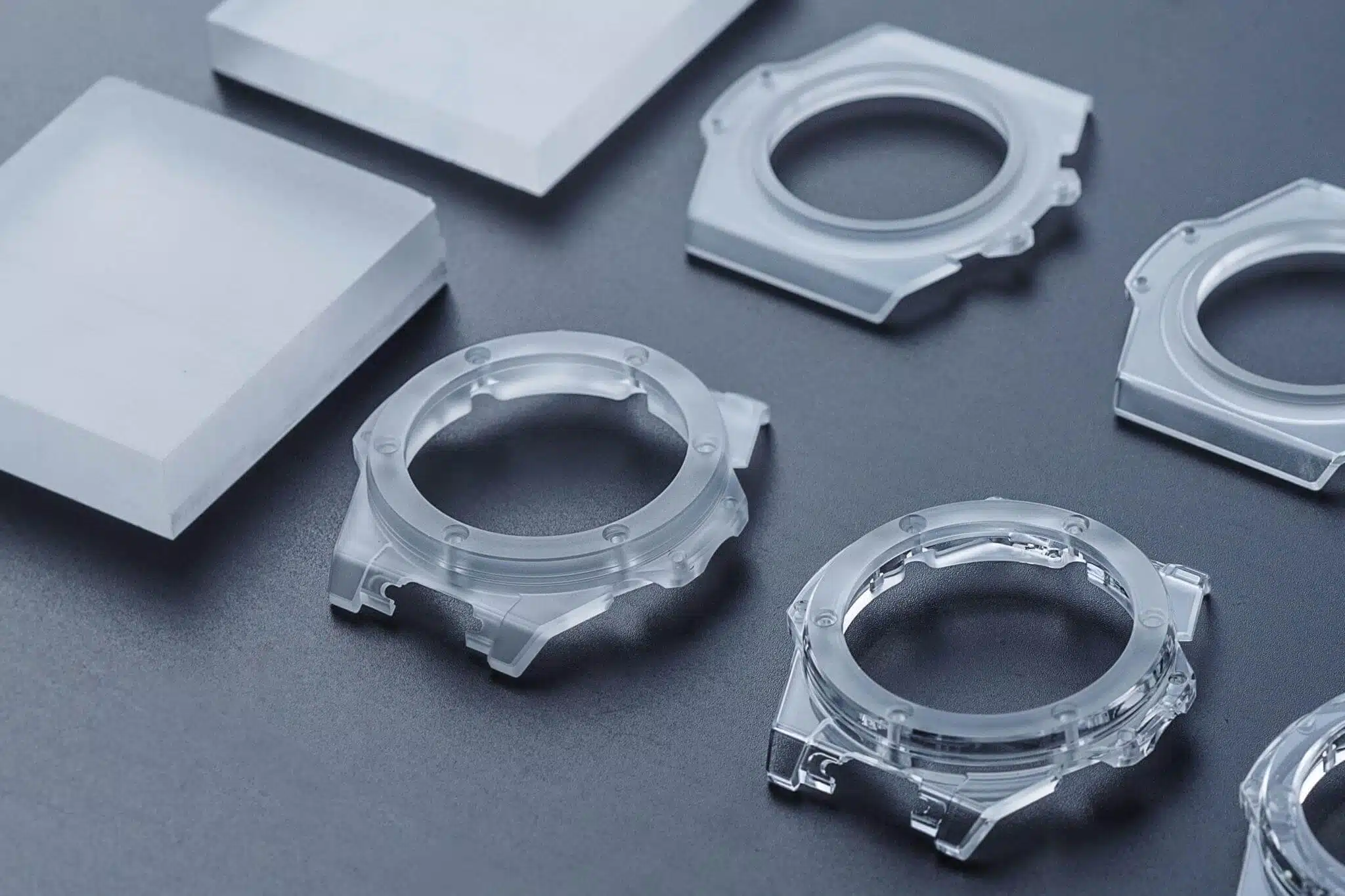
If you’re looking for the ultimate premium in a watch, sapphire cases sit at the top of the high-end watchmaking ladder. Synthetic sapphire is an artificial material that you typically find at the front of a watch. But over recent years, several brands have begun offering cases made entirely from sapphire. This effect provides the wearer with a panoramic view of the watch’s interior, thanks to the material’s exceptional clarity.
Sapphire crystal is grown in a laboratory before a manufacturer machines and polishes it into a variety of different shapes and forms. The material has superior scratch resistance, being second only to a diamond, but it’s not particularly tough. It can be somewhat brittle and can shatter upon impact with force.
Sapphire is the cream of the crop when it comes to boundary-pushing materials in watchmaking. This unique, highly transparent material is immune to scratching, allowing a case to retain its pristine “good as new” look for years to come. Due to its distortion-free qualities, the dial and hands of a watch appear sharp and vibrant. The fact that a sapphire watch can maintain its appearance for decades makes it a particularly compelling value proposition, too.
Platinum
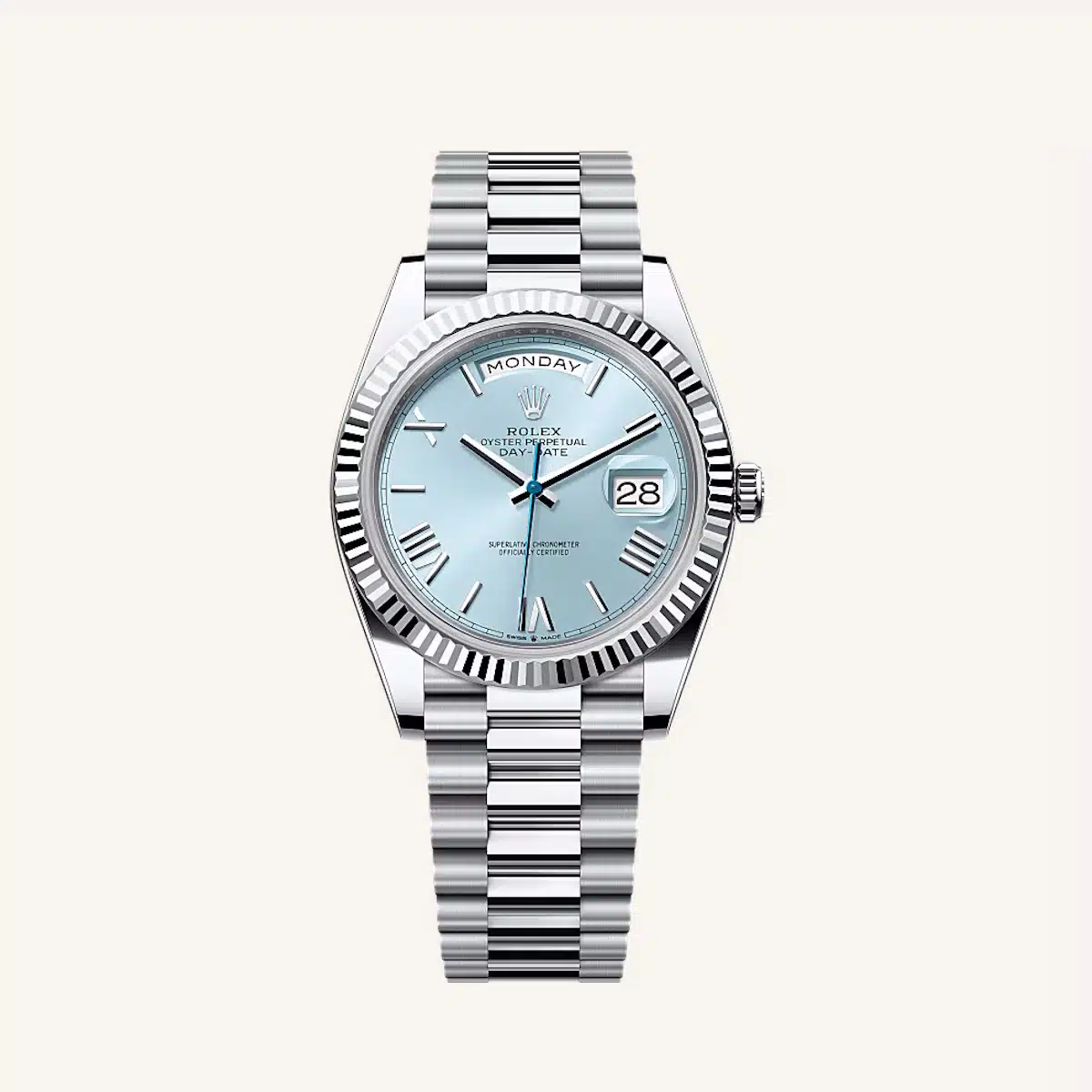
If gold isn’t fancy enough for you, you may want to consider a platinum watch. Platinum watches are among the most expensive in the world, boasting a brighter lustre than those made of white gold or steel. Platinum has corrosion-resistant qualities, is hypoallergenic, and retains its value well. It’s also heavier than many other watch cases, so it appeals to those who believe that weight lends a watch a more premium feel.
For some people, the heavier the watch, the more stylish it appears. The fact that collectors pay a premium for it only further elevates its allure. The silvery-white appearance of a platinum watch case also lends itself to a more contemporary styling.
The price of a platinum watch depends on the amount of platinum used in the design. If a timepiece bears a “950” stamp, it means that 95% of the alloy is platinum; thus, it is more expensive. Sometimes, however, a watch features a percentage of platinum inside gold to give the precious metal a more unique hue.
Platinum is also challenging to work with, so these watches are more complicated to produce. Since the industry markets this material as a step above gold, it is a highly desirable option. Perhaps you’d like to try a platinum watch for its unique luster? Or maybe you like its premium feel.
Unexpected Materials in Watchmaking
From aero-space-grade composites that boast an even lighter weight than titanium to upcycled materials that reduce environmental impact, here are some of the lesser-known materials used in watchmaking.
Bulk Metallic Glass (BMG)

Bulk Metallic Glass (BMG) exhibits several unique and desirable properties when used in watch cases. For a start, it promises extreme hardness. BMG is perfect for sports and environments where a timepiece may be prone to scratching. It surpasses stainless steel in hardness and has a surprisingly high degree of elasticity. This means that if you subject the watch to a fall or shock, it will likely survive unscathed. Having the ability to absorb shocks is something we tend to only see at the budget end of watchmaking, with designs like those from Casio, such as the G-Shock, for example.
But one brand that showcases the beauty and durability of a BMG case is Panerai with its Submersible watch. Its BMG-TECH™ case has been revolutionary for the brand, proving its superior strength and scratch resistance while also being remarkably lightweight.
BMG also promises exceptional corrosion resistance. Its amorphous structure lacks the same grain as crystalline metals, which can become points of weakness that cause corrosion to set in. Aside from its technical qualities, BMG also produces a unique aesthetic that can shine brilliantly after undergoing a polishing technique.
Advanced Ceramic Alloys

We are seeing a rise in advanced ceramic alloys, especially this year, where a vast colour palette now demonstrates what is truly possible. Complex, multi-hued ceramics not only enhance the core properties of this special material but also elevate a watch’s aesthetic appeal.
One brand that specialises in creating ceramic alloys with a striking hue is Blancpain, with its Fifty Fathoms Bathyscaphe model, released in a sleek black ceramic case. The ceramic bezel, marking the countdown scale for elapsed time underwater, features Liquidmetal markers. These work in conjunction with luminous hour markers and hands for superior visibility in the dark.
Another example is IWC’s range of Ceratanium models, particularly those from the Pilot’s Watch and Aquatimer collections. The alloy combines the lightweight properties of titanium with the scratch resistance of ceramic. The brand also produces models from the TOP GUN collection, which takes inspiration from the uniform and surrounding landscape of the United States Navy Strike Fighter Tactics Instructor (SFTI) program facilities.
Recycled and Upcycled Materials

The use of upcycled case materials in the watch industry is important and ever-growing, which is a great sign. More and more brands are taking responsibility for their impact on global issues and showing initiative to reduce it. A prime example of this is Oris with its Aquis Date watch, its defining feature being its vibrant multi-coloured dial made from upcycled ocean plastic waste. But as far as cases go? Well, brands are making an effort on that front, too.
Take, for example, the Maurice Lacroix Aikon watch. Experts at the Swiss watchmaker’s ateliers craft some of its cases from ocean-bound upcycled plastic and glass fibre. The brand does this in collaboration with the Swiss company, #tide ocean material. The plastic used for the case is collected from the shorelines and oceans surrounding several islands in Thailand. The brand also claims it’s twice as hard as regular plastic and five times more resistant.
Conclusion
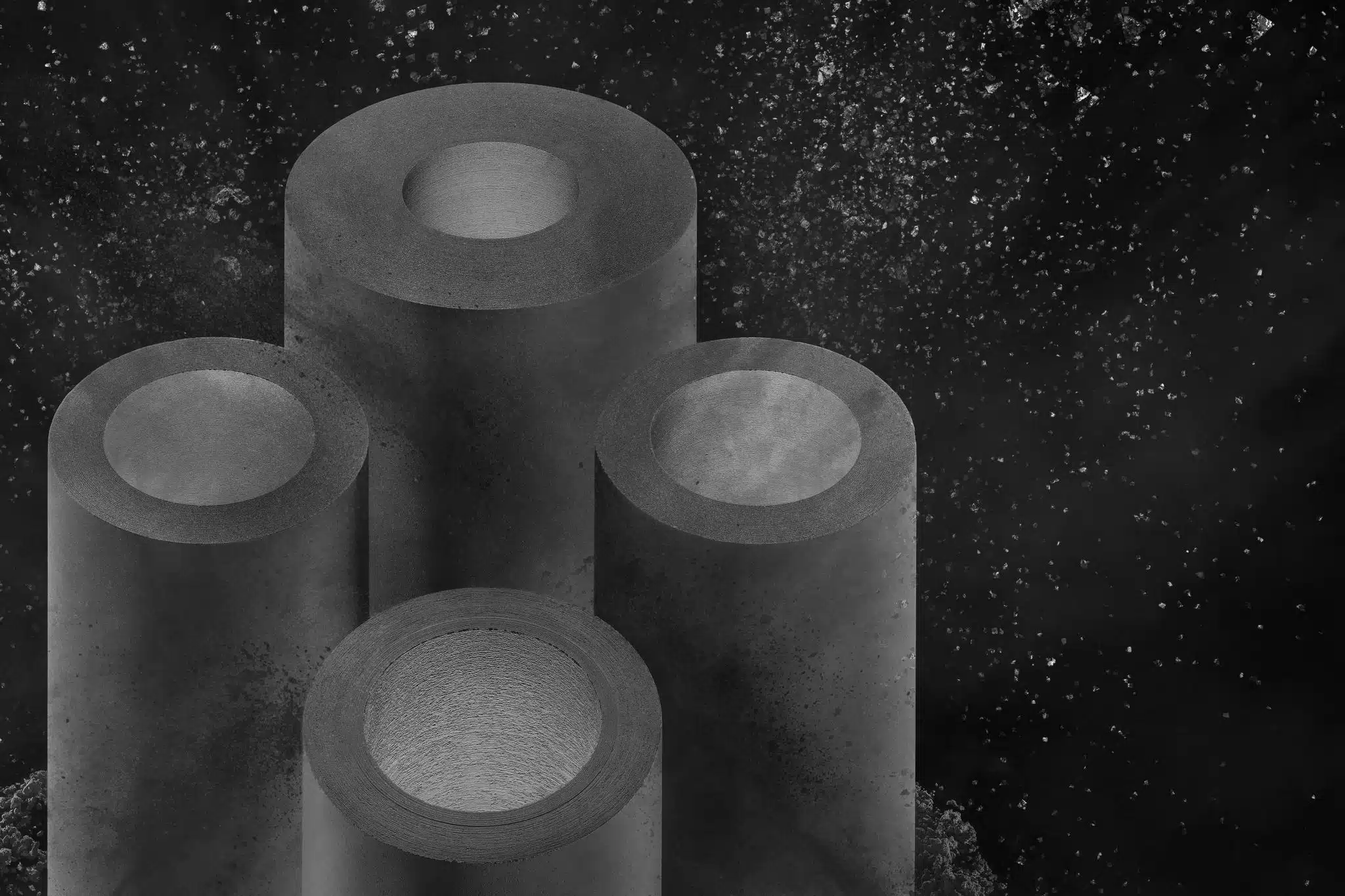
Choosing a watch case is about much more than aesthetics alone. It is a critical factor in determining whether that watch is comfortable to wear, whether it is heavy or lightweight, too dull, or too shiny. Luckily, there is an entire spectrum of watch case materials to explore, from conventional stainless steel to lightweight carbon compounds, and even options made from recycled ocean plastic.
While 316L stainless steel is the undisputed workhorse of the watchmaking industry, several other materials are gaining ground. With a focus on hardness, scratch resistance, and weight, who knows what the next manufacturer will unveil and when?
If you’re seeking a lightweight sports watch, titanium is your best option. However, if you want scratch resistance and colour options, ceramic is worth considering. As I mentioned at the beginning of this guide, choosing the best case material for you is personal and majorly depends on what you’ll be wearing it for.
Now we want to hear from you. What’s your favourite case material and why? Which material could you not be without? Leave your comments below and share your thoughts. Don’t forget to sign up for our newsletter at The Slender Wrist, too!
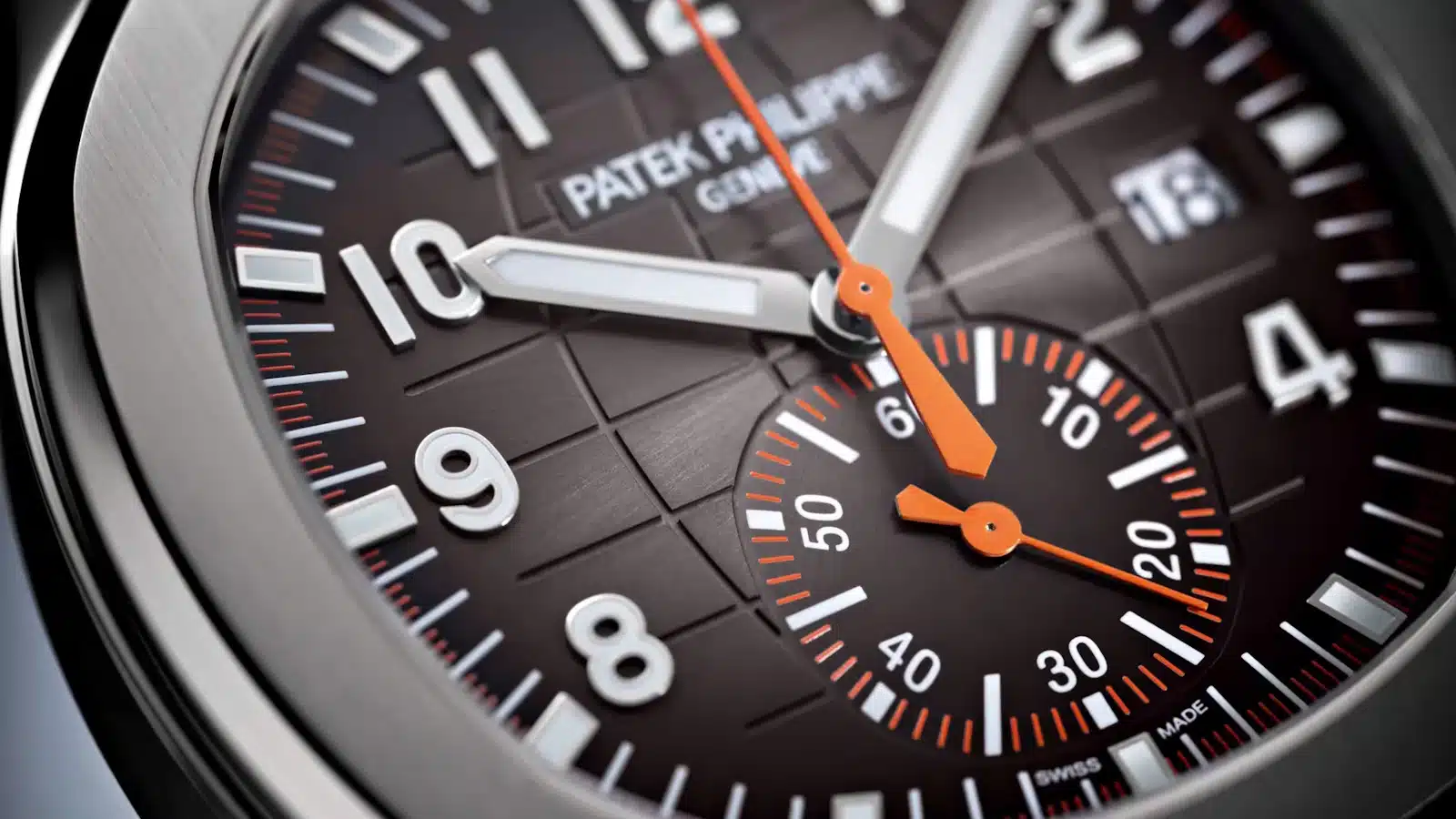
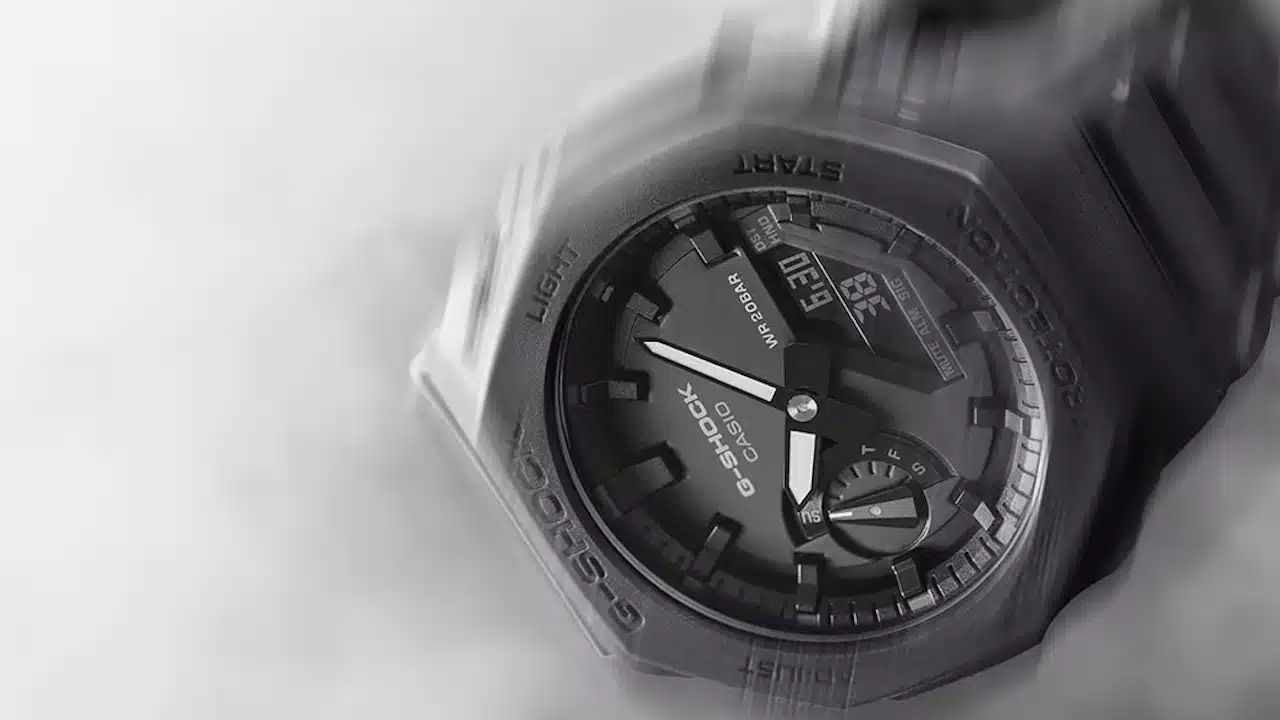


Leave a Reply